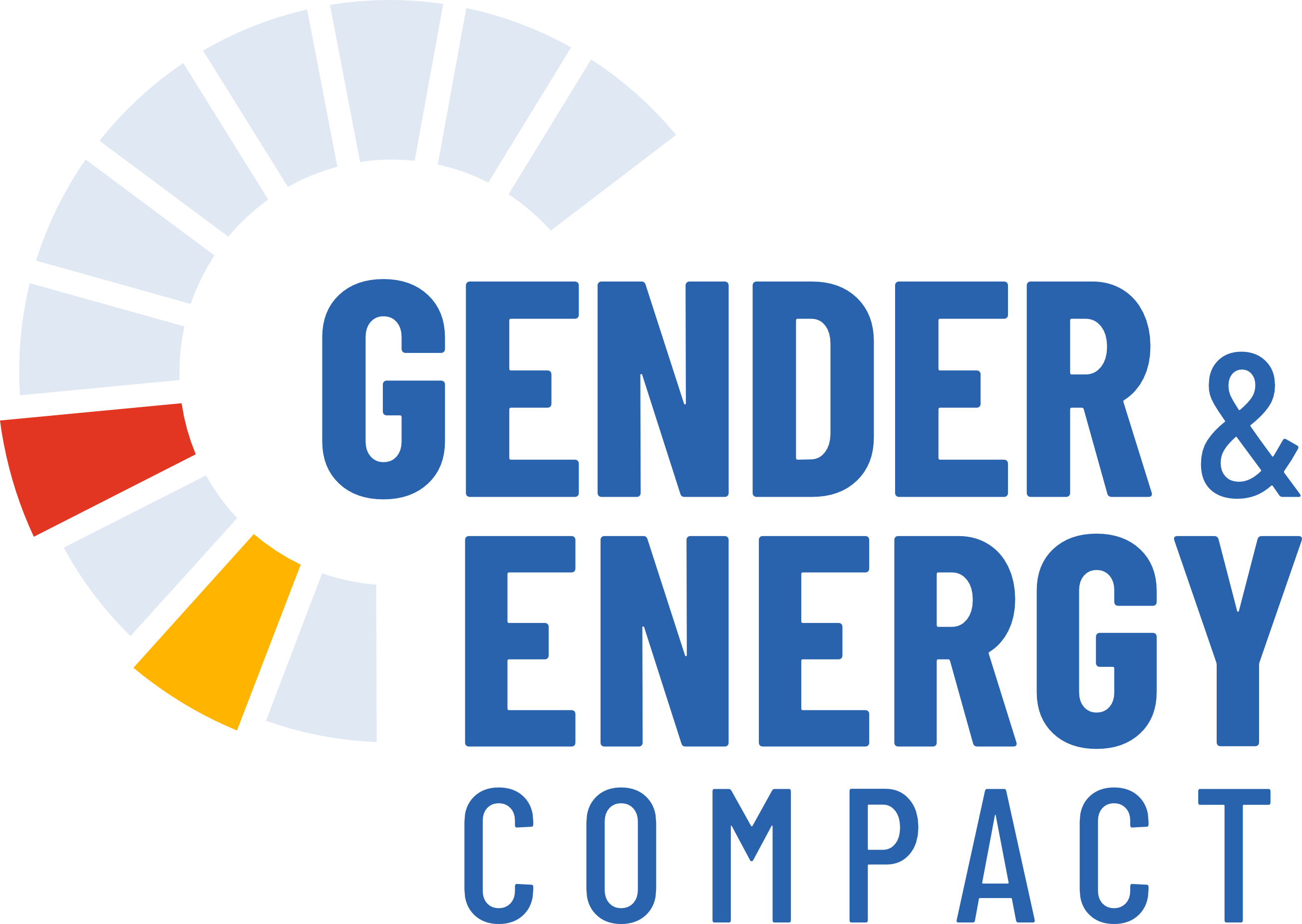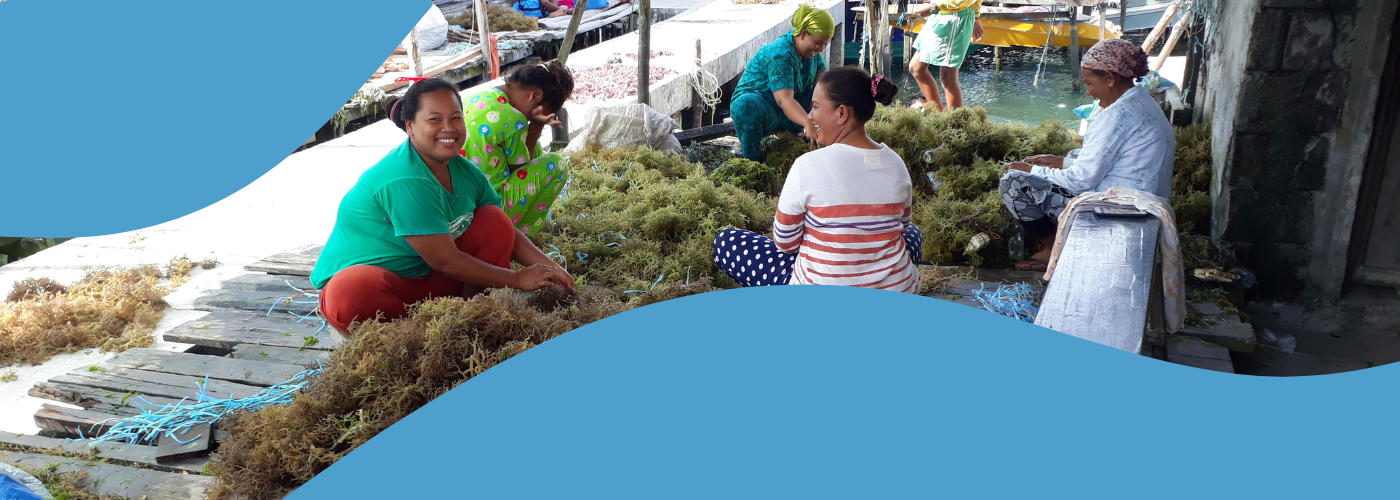As a part of the High Level Political Forum (HLPF) 2023, the Government of Iceland, the Gender and Energy Compact – led by the United Nations Industrial Development Organization (UNIDO), ENERGIA International Network on Gender and Sustainable Energy, and the Global Women’s Network for the Energy Transition (GWNET) – and Sustainable Energy for All (SEforALL), co-hosted a side event entitled “Harnessing gender data towards a clean energy workforce”. The event sought to gather insights from experts representing the governments, international organizations, NGOs, youth, and the private sector. The objective was to identify the specific challenges faced by stakeholders in closing the gender gap and highlight critical strategies that stakeholders must urgently deploy to ensure a more equitable and sustainable future, not just within the energy sector, but also beyond.
The International Renewable Energy Agency (IRENA) estimates a remarkable job growth of over 11 times by 2050, projecting a workforce of 140 million in the energy sector, compared to the current 11 million. Unfortunately, this sector faces a significant gender gap in employment, surpassing disparities observed in other sectors. With 76% fewer women employed than men and a 15% pay gap, this gender gap not only persists but also threatens to widen, impeding the social and financial empowerment of women. This is despite numerous studies consistently demonstrating that women excel in conventional performance metrics and exhibit strong leadership qualities. For instance, research indicates that companies with higher female representation in senior management experience a 30% higher return on equity and a 30% lower earnings risk.
The energy sector is not only a culprit, with working-age women being disproportionately vulnerable to poverty, exposed to indoor air pollution, and suffering from energy-related time poverty but “can also offer a chance for gender equality” according to Fatou Haidara, Deputy to the Director General and Managing Director, Directorate of Global Partnerships and External Relations, and Director General’s Special Representative for Africa, United Nations Industrial Development Organization (UNIDO). As reiterated by her, there is an urgent need for a transformative change in the energy sector where “both companies and the economy and society as a whole would profit from equal participation of women in the energy sector.”
Urgent measures hence, must be taken to bridge the gender divide in the energy sector to ensure an inclusive and just energy transition. Some countries have already initiated their steps towards the same including Kenya. As shared by Paul Mbuthi, Deputy Director for Department for Renewable Energy, Ministry of Energy, Government of Kenya, Principal Secretary, Kenya, Kenya is a supporter of the Gender and Energy Compact. He also reinforced that the onus to solve the gender gap is that of the Government: “Governments need to ensure that employment is encouraged for women, and policies are introduced to make it easy for women to enter the workforce”.
Under the expert moderation of Sheila Oparaocha, Executive Director of ENERGIA International Network on Gender and Sustainable Energy, an engaging discussion took place on leveraging data to foster equity within the clean energy workforce. Throughout the session, participants put forth invaluable insights and recommendations for policymakers and stakeholders.
The following five key insights emerged:
-
Data collection should be institutionalized to enable effective policy formulation.
The lack of gender disaggregated data for SDG 7 has been recognized as a barrier limiting political motivation to ensure an equitable workforce. Anna Pála Sverrisdóttir, the Representative of Iceland to the United Nations, disclosed that a survey conducted by private energy companies in Iceland revealed a mere 36% representation of women in leadership positions. However, subsequent corrective measures taken by stakeholders resulted in a remarkable increase, with women now holding over 50% of positions. Thus, the collection of data that reflects gender-related indicators is critical, as it possesses the potential to influence political will.
Carla Kraft, Policy Specialist of Sustainable Development within the Economic Empowerment section from UN Women, further highlighted the urgency for doing so by reminding stakeholders that “2030 is not far away: without the (gender specific) indicator, we don’t have as much of the political will and investment that we need”.
The nature of data being collected is as important as the push to collect data. Gender data must be granular (at the sub-household level), timely, relatable and reliable if we want to identify contextual factors restricting women’s participation in the workforce.
We also need to identify critical indicators that could help identify challenges faced by women at an individual level. As suggested by Anita Otubu, Sustainable Energy for All, “We need to institutionalize the collection of gender-disaggregated data at national and sub-national levels by integrating it into cross-sectoral policy and planning processes.” Institutionalization of the collection of data, such as household level data; through existing national level surveys conducted by each country, could be the most cost and resource efficient approach and enable effective policy formulation. Alternatively, these indicators could be added to existing elaborate surveys such as World Bank’s FINDEX to allow for periodic and institutionalized data collection.
-
Data is key, and the nature of data needed is not always quantitative
At the same time, while the role of data is indisputable, it is also critical to acknowledge that the core of the problem causing gender gaps in the workforce are known. Given the limited finances that constrain granular quantitative data collection, qualitative data should also be considered as a critical source of information, especially since they reflect nuances around behaviours and personas of different sub-segments that construe women.
-
Women have a critical role to play to be included in the sector, but need access to information, networks and opportunities.
The lack of awareness of current opportunities in the energy space for women also limits their participation in the workforce. It is hence imperative to identify ways through which women can stay informed of the range of employment opportunities within the sector. It is also critical to ensure that there are sufficient affordable avenues through which women across varying cultural contexts can build their skills and feel motivated to join the sector. Providing role models and making women aware of possible roles for them beyond the stereotypical ones, and giving them tools to confront the current gender pay gap can empower them to negotiate with potential employers.
“Governments need to develop tools for awareness, so that women are able to see they have a gap, and then how to use tools to fix that gap,” commented Nathyeli Yethzi Acuna Castillo, Gender Specialist, ESMAP, World Bank.
-
Modifying detrimental gender norms is essential to ensure that women are able to advance both technical and non-technical positions
A critical barrier limiting women’s participation in the energy workforce is the perception that they are only meant for non-technical roles.
Rabia Feroukhi, Director of the Knowledge, Policy and Finance Centre (KPFC) from IRENA pointed out that “there are barriers in terms of retention and advancement of women. One of the most critical barriers is the perception of gender roles driven by gender and social norms. A lot of jobs women currently hold are administrative in nature.”
Modifying negative gender norms is essential to ensure that women can access all kinds of jobs and positions. This includes building support systems that allow for consistent mentorship, guidance and up-skilling for women. Additionally, it is critical to invest in the care economy, to ensure that children, elderly, and individuals in need of care receive the support they need through affordable public or private avenues could further support this process.
-
Amplification of successful practices is critical to accelerate the pace of turning energy workforces to be more equitable and productive
Given the scale at which research and innovation happens globally, there are multiple success stories in this field that should be acknowledged and amplified. Not only would they help stakeholders stay motivated, but would also inspire them to contextualize and apply best practices in other geographies.
“The message we need to take and carry forward is: Let’s all also celebrate what we can do and amplify that success. This is a big message for the community and it’s our responsibility to do this,” said Minorou Takada, Team Leader on Energy at the Division for Sustainable Development Goals, Department of Economic and Social Affairs, UNDESA
The Gender and Energy Compact has continually stressed the importance of integrating women into the ongoing energy transition. The above insights, further reaffirm possible ways to do the same. As aptly highlighted by Sheila Oparaocha, collaboration within the Gender and Energy Compact, along with mutual support, holds the key to bridging gender gaps effectively.
Moving ahead, the Compact will leverage these principles to guide stakeholders towards a systematic approach to utilize data in cultivating a gender-equal clean energy workforce. By fostering a collaborative environment and adhering to these principles, we can collectively advance towards a sustainable future that empowers women and ensures their meaningful participation in the clean energy sector.










